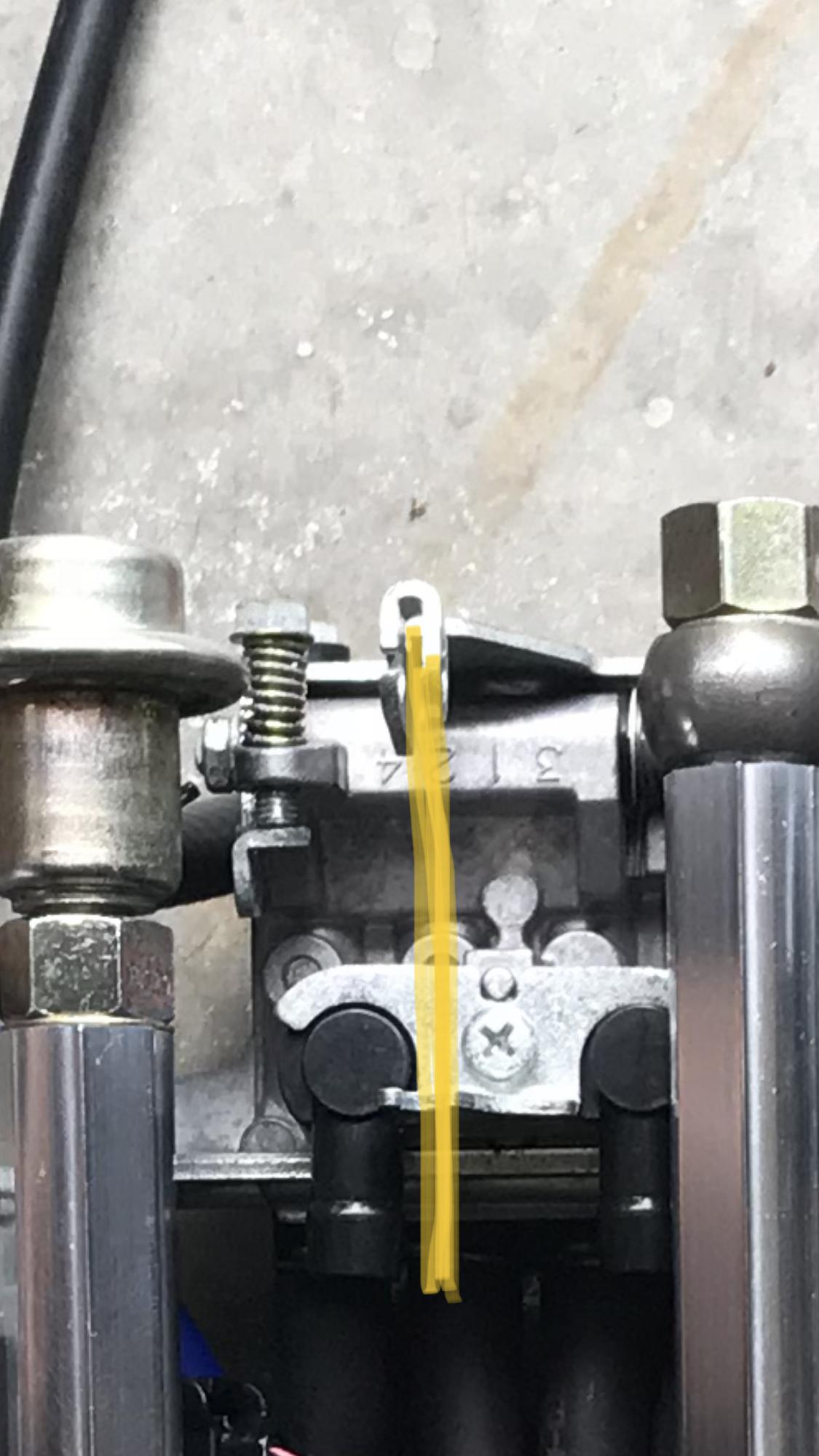Tell ya what Larry...Andrew put some really good comments out there.
Your not going to find anything wrong with the idle wax assembly, other than the damage you caused by changing the adjustment on the factory preset nut, that the service manual clearly indicates NEVER to change the settings.
Many of the folks who listened to videos or forums, tried all kinds of jury rigged attempts, often damaging stuff worse than before.
The folks that “fixed” the idle issues by what they thought they did actually unfouled the bind in the linkage (black barrel) and the threads in the rod were stuck or sticking on the edge of the hole etc.
After having many hundreds of these come through and having to repair “YouTube mechanics” solutions, I bet if you followed Andrew’s advice and checked the linkage instead of doing what the manual warns you against, you may find the solution.
And yes, thinner oil moves heat away faster than thicker oil, and dino oil can change the idle speed versus synthetic oil sometimes.
Please ignore any of my posts and don't bother to reply.
If you reread what was written in this thread, then reread your reply, you might realize that your comment is out of line and something that only a prick would write.
You've made insulting comments directed to me before.
I don't need you. You might think everyone who drives a Honda does, but I don't...
Sayōnara.






